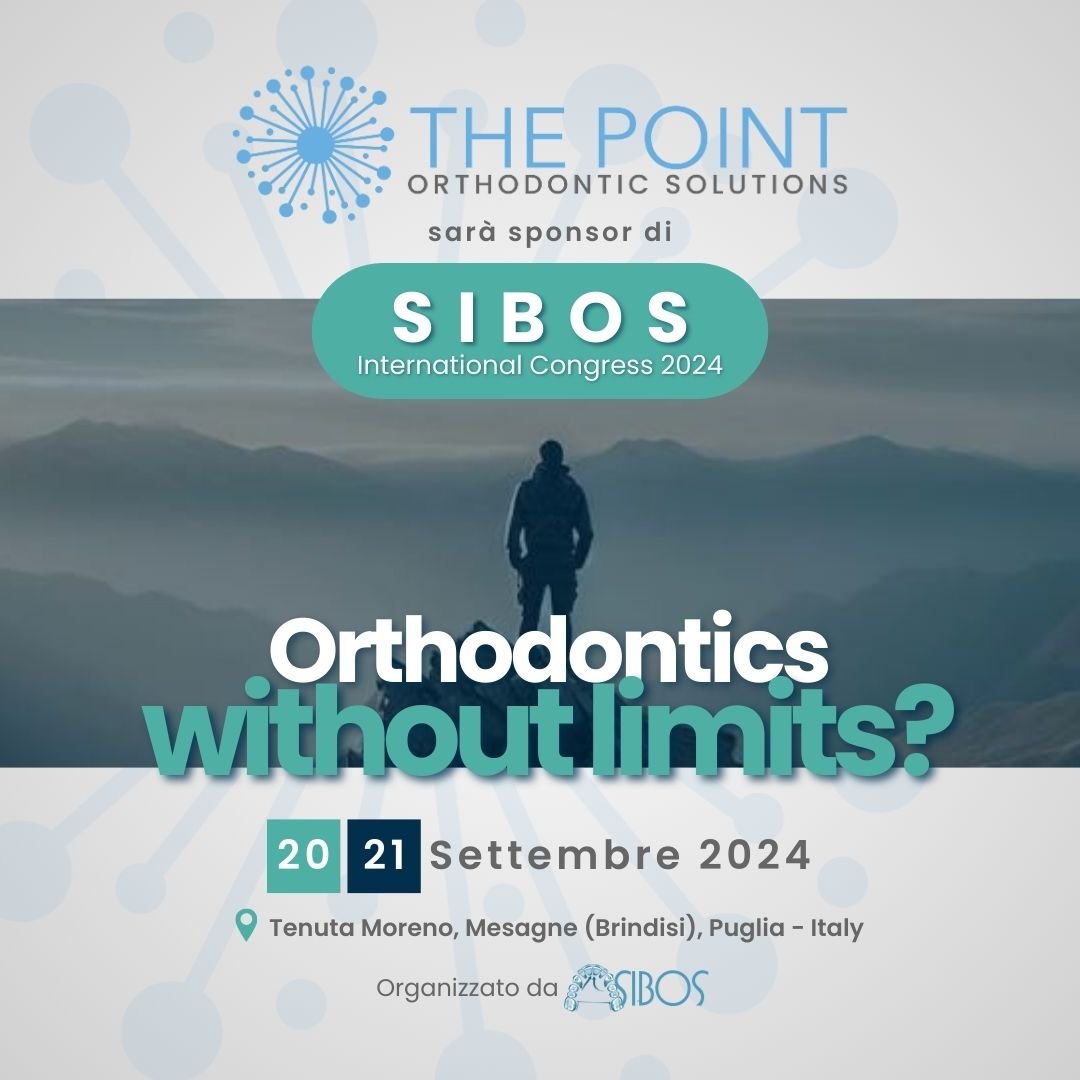Stefano Negrini, president of The Point, tells us how Digital Mentality improves laboratory workflows, facilitates clinical-laboratory and clinical-patient communication
What are the advantages of digital for the orthodontic laboratory?
Workflows are greatly improved and speeded up. For example, digital design allows aligners to be fabricated with the highest degree of precision and customization. Guides for indirect bracket bonding can be designed, retainers and devices for sleep apnea, expanders, distalizers can be fabricated. There is less material to stock and less time spent in the chair because with digital technologies much less time is lost with finishing and testing. Last but not least, communication with the physician becomes much easier, accurate, and faster.
What, on the other hand, are the advantages for the clinical?
As was evident from the speeches of all the speakers at the Imagine Orthodontics event, thanks to digital design, orthodontics has reached frontiers that were unthinkable a few years ago.
Diagnoses are more accurate because software allows overjet, overbite, and Bolton discrepancy to be measured with the highest precision. Aligner treatment also becomes more accurate because the device is fabricated from a digital model. The number of sessions for delivery is reduced and the patient has a more comfortable treatment experience.
Digital also facilitates communication with the patient, who sees exactly where the treatment will take him or her and what the intermediate steps will be.
Why did you hold the Imagine Orthodontics event?
Together with colleagues at The Point we promote innovation in the orthodontic field. Collaborating with clinicians, we have designed and patented several devices made with full digital 3D technology, and through the laboratories of The Point network we work daily for the dissemination of Digital Mentality. Imagine Orthodontics was an opportunity to meet, compare, update and gave practitioners the opportunity to develop new ideas and synergies.





